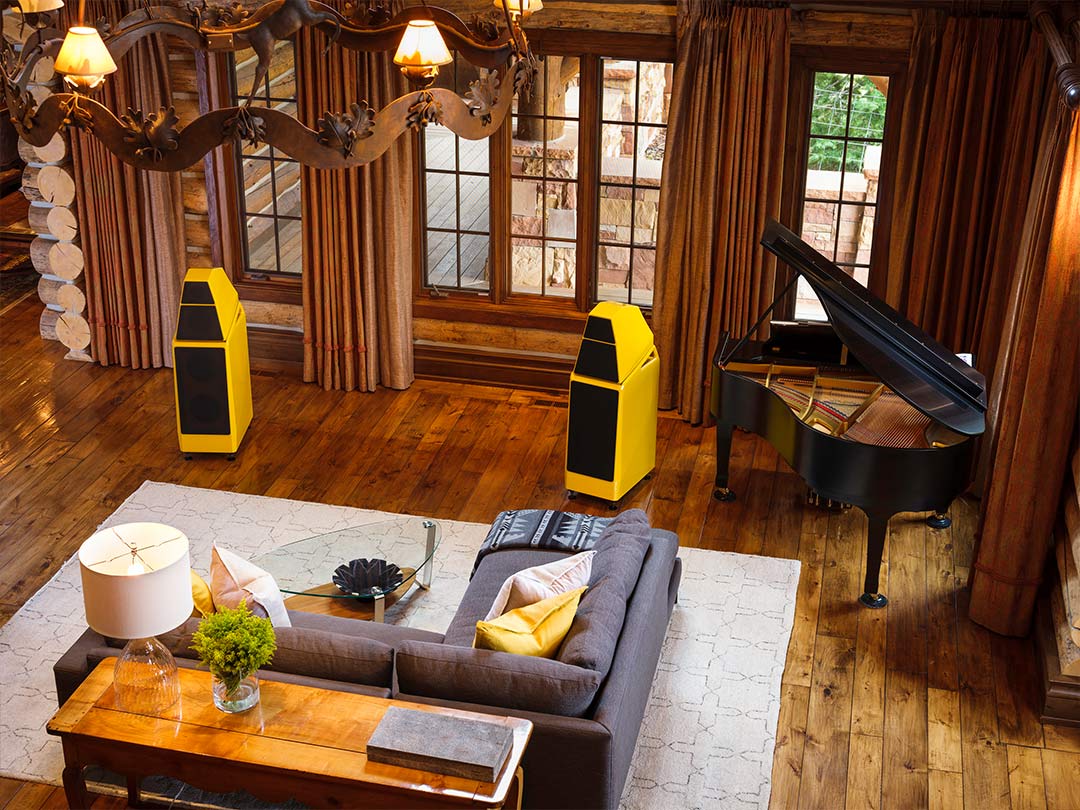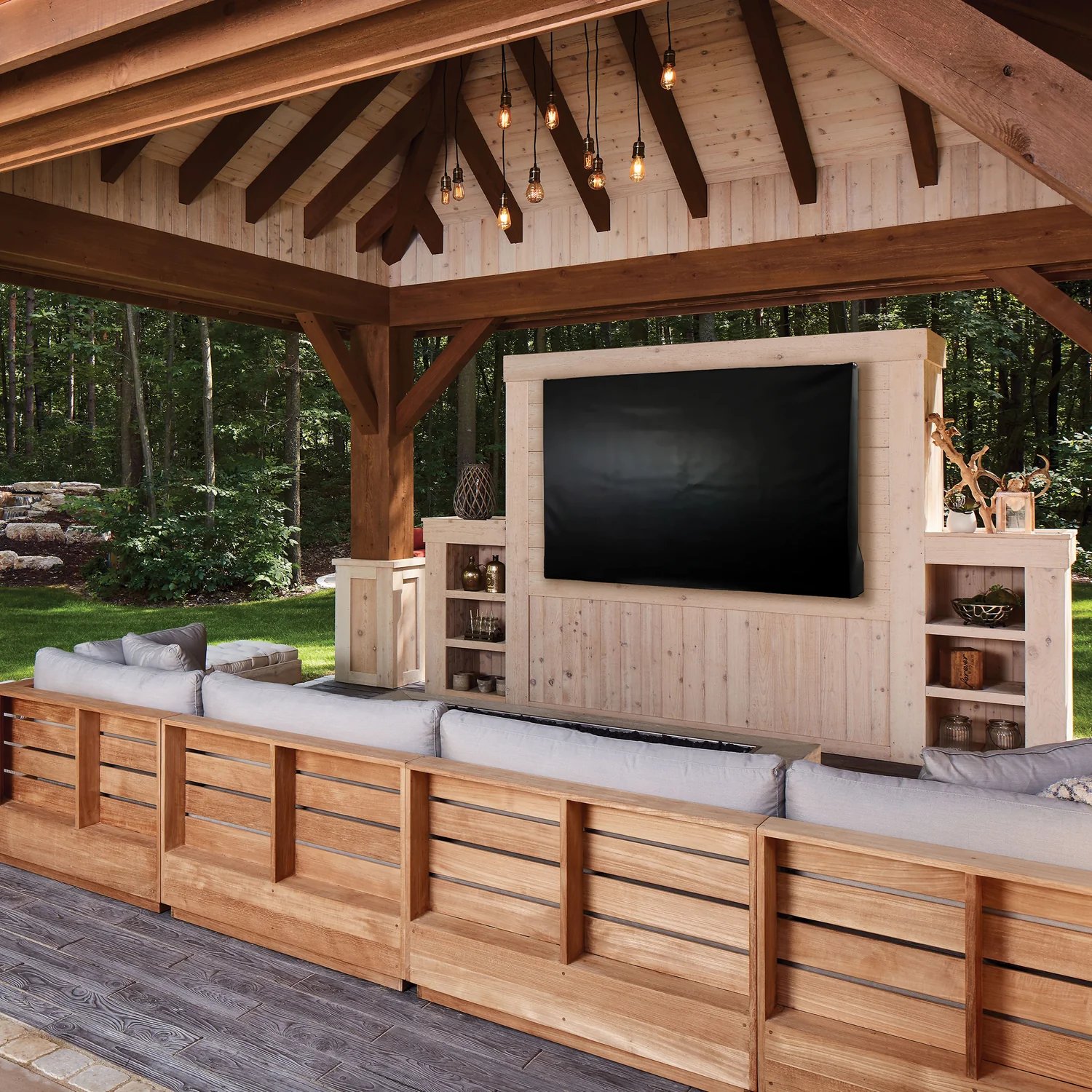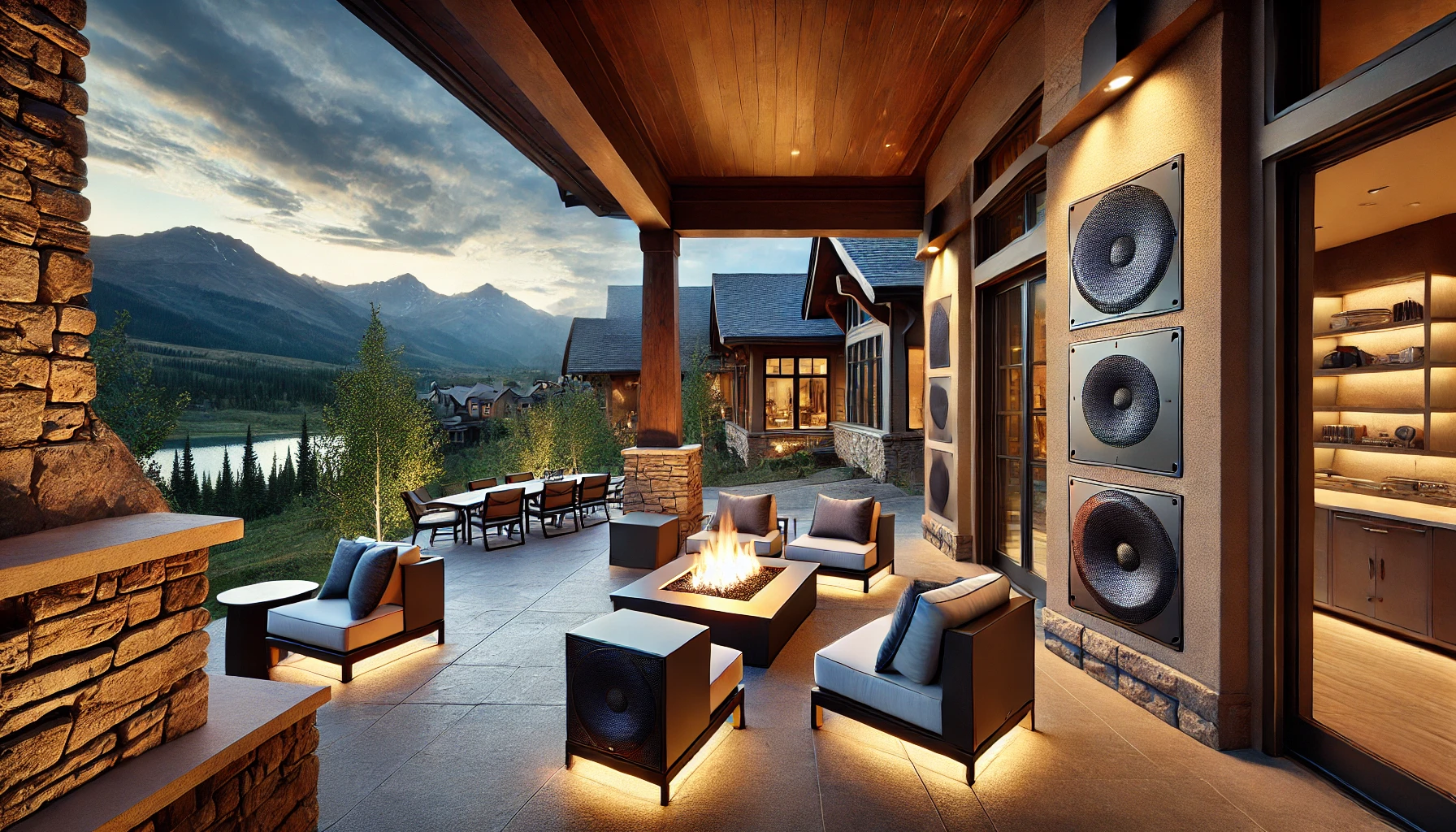High-quality speaker setups are now easily attainable for homeowners, whether you want an immersive movie or music experience. Depending on the way you’re more likely to utilize your speakers, there are two speaker setups you could choose: hi-fi or home theater. The difference between the two involves the number of speakers and their layout. A home theater requires particular types of speakers to be arranged around a screen to recreate the movie theater audio experience. The hi-fi arrangement, short for high-fidelity, aims to regenerate songs as they would sound in the recording studio.
Both these audio routes need separate setups and equipment. If you’ll be using your speakers for listening to albums, reliving your favorite concerts, and watching music videos, then the hi-fi setup is ideal for you. Alternatively, if you’re more likely to be watching movies with moving scores, binging the newest TV series, or streaming some comedy shows, then home theater setups will provide you with an unforgettable film experience. Here are the details on each option so you can determine which is right for you.
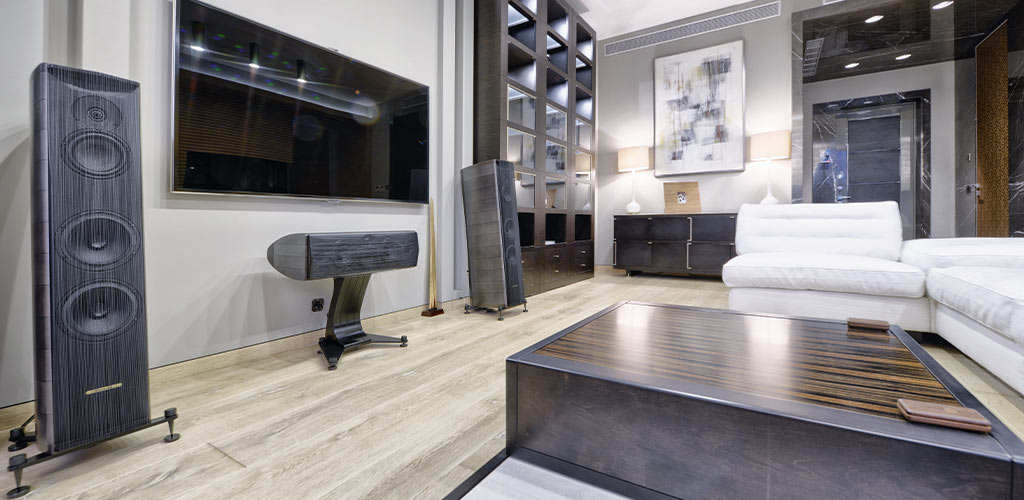
HI-fi stereo audio systems
You’ll need two loudspeakers, an amplifier, and input sources for the stereo arrangement of a Hi-Fi 2.0 studio setup. Its main feature is the large frequency response that constructs sound from a low to high range of detectable frequencies. The two loudspeakers split into left and right channels, otherwise known as a two-channel system. Floorstanding speakers are best for this setup because of their ability to highlight the range of bass, midrange, and treble frequencies. For optimized bass reproduction, you need bass speakers with a large diameter. If you decide to choose compact speakers, a subwoofer will reproduce the bass well enough.
Musicians want you to hear the details of their work, so speakers connected to an amplifier allow you to absorb the full masterpiece. The amplifier augments a signal from your input source to your speakers; under a hi-fi system, your input is your music source, which could be a CD, cassette tape, vinyl record, Bluetooth, or MP3. Audiophiles tend to gravitate towards a hi-fi system to honor the musician’s original recording of instruments, mixes, and vocals.
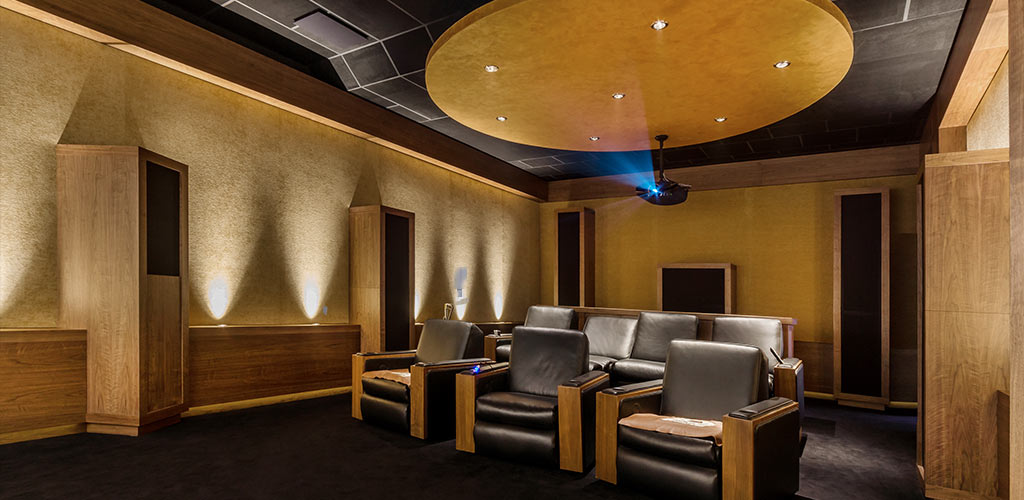
Home theater audio systems
If you’re leaning towards a home theater setup, you’ll need a greater number of loudspeakers for multi-channel audio that mixes the score, dialogue, sound effect, and background noise perfectly. A quality home theater system integrates a minimum of five speakers: a subwoofer, center, front left, front right, and rear speakers.
The left and right main loudspeakers at the front of your setup develop image-related sound effects, ambiance, and the score.
The center loudspeaker recreates the dialogue audio and bridges the audio between the two main loudspeakers
The rear loudspeakers envelop the audience in the action through its reproduction of background noise, like weather or cars, and should be placed behind the audience to achieve surround sound
The bass loudspeaker (or subwoofer) adds depth to your audio by handling the low frequencies that other speakers aren’t able to reproduce.
This basic setup is also known as a 5.1 system, for its 5 channels and one bass, but depending on the size of your space and your budget, you may be able to go beyond a 5.1 system. More dynamic systems, such as 7.1 or 9.2 exist to add more depth to your films when reproducing distance and movement. At the very least, a 5.1 system is required to produce the surround sound experience of a movie theater.
Which will you choose?
Now that you understand the different subtleties between the Hi-Fi and home theater configurations, we hope it’s become easier for you to decide which setup is right for your home. No matter which arrangement you choose, a set of superior speakers will be able to execute the audio of both movies and music. If you’re feeling prepared to improve your home audio experience, contact our team of professionals at Xssentials today.
